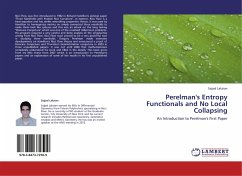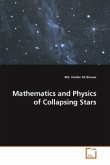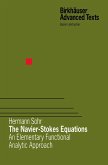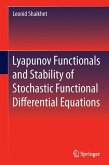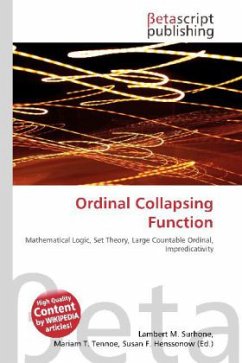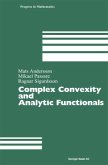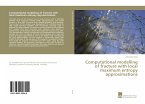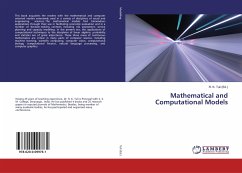Ricci Flow was first introduced in 1982 in Richard Hamilton's seminal paper "Three Manifolds with Positive Ricci Curvature". In essence, Ricci flow is a heat equation and has similar smoothing properties. Hence, it was used by Hamilton to homogenize metrics on simply connected three manifolds to make them look like spheres and this was an attack on the long lasting "Poincare Conjecture" which was one of the unsolved millennium problems. His program required a very careful and deep analysis of the singularities arising from Ricci Flow. Ricci Flow soon proved to be a very powerful tool in studying three manifolds. Gregory Perelman made extensive developments on Hamilton's Ricci Flow theory and announced a proof of Poincare Conjecture and Thurston's Geometrization conjecture in 2003 in three unpublished papers. It was not until 2006 that mathematicians completely understood his work and filled in the details. This book grew from my MSc thesis from 2007 which is an introduction to Perelman's papers and an explanation of some of the results in his first unpublished paper.
Bitte wählen Sie Ihr Anliegen aus.
Rechnungen
Retourenschein anfordern
Bestellstatus
Storno

